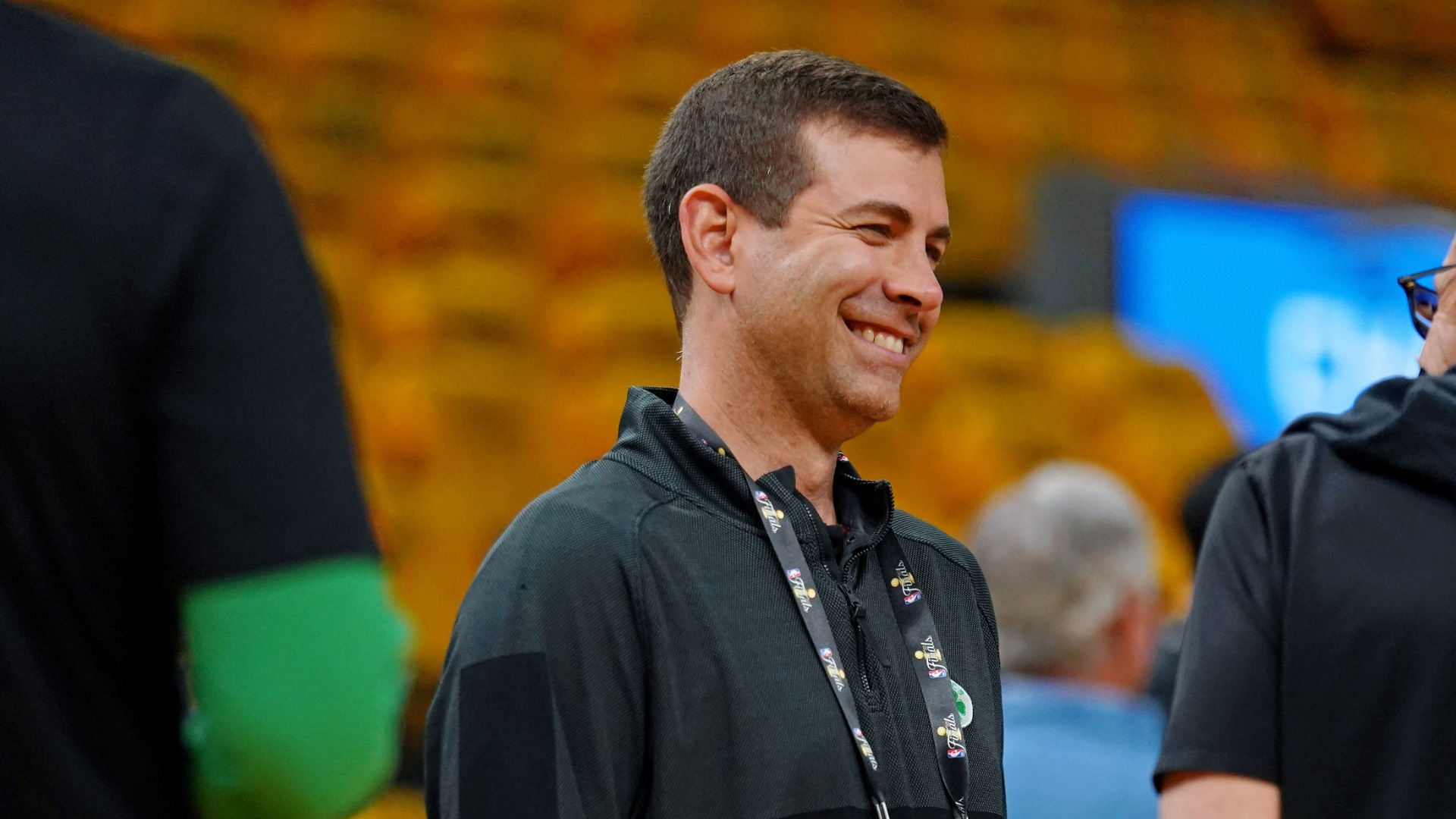When the 2010 season came to a close for the Red Sox, there was plenty of talk surrounding the future of veteran catcher Jason Varitek. Perhaps he would retire. If not, would Boston want him back?
Fast forward a few months and there’s the captain, sitting on a bench outside the Red Sox clubhouse in Fort Myers, talking about how wonderful he feels and how there may be multiple years remaining before he heads on to the next stage of his life.
So much of what has made Varitek, now 39, such a fixture for the Red Sox, and one who can envision catching into his 40s, is the work he did early in his 15-year career. By not taking for granted his obligations to stay in shape and keep strong, he looks, and often feels, as good as he did back in the day.
“I think the work that’s been done 10, 15 years ago, that is helping me now,” Varitek said. “You’re not trying to rebuild a foundation, you’re trying to specifically get things strengthened. Or, if you have physical issues, some maintenance work.”
That kind of work can vary greatly, especially for a player who has a part-time role. Varitek cannot push himself too much if he is making two straight starts behind the plate. Therefore, his workouts can be limited to a swim one day, and to a targeted lift the next, for example.
Varitek said he has done his best to take advantage of advancements in physical exercise and spends just as much time in active stretches or agility drills. Lifting weights, he said, is not an everyday activity.
“Four to five days a week you’re doing something, but it’s not necessarily that you’re lifting every day,” he said.
Still, Varitek sees the value in bulking up certain areas. As the season wears on, he will know if a body part needs some targeted work to “get stuff firing,” as he puts it.
In the offseason, it’s another story. Despite the incredibly active position he plays, Varitek said that there are some muscles that can get neglected. In an effort to achieve more balanced body strength before the next season begins, he goes to work on those areas.
“Spend a lot of the offseason trying to reactivate some of the dormant muscles that you don’t use behind the plate,” said Varitek, who recently became the ninth player in franchise history to play 1,500 games. “Your faster twitch [muscles], those things become dormant, so you have to reactivate them.”
Mark Dynan, PT, DPT, OCS, clinical specialist in orthopedic physical therapy at Beth Israel Deaconess Healthcare-Lexington echoes the sentiment that maintaining this strength balance from head to toe has an impact whether you go through the rigors of the catching position, or simply spend your days in a cubicle.
“We work with competitive athletes and weekend warriors as well as sedentary, high level executives who develop injuries,” he explained. “A balanced regimen including cross training and a postural strengthening program is a common thread in all of their programs.
“Most injuries that our patients experience result from using muscles in ways that they are not accustomed to working,” he added. “By incorporating flexibility and strength training of these muscles in a regular exercise routine, these lesser used muscles will be ready when our body does need them. For a player like Varitek, who has been playing professional ball for over 20 years, a balanced offseason regimen has made it possible for him to avoid nagging repetitive strain injuries that plague most players in their late 30s and 40s.”
Certainly, Varitek was blessed with great natural ability, intelligence and an athletic frame. But the work he currently puts into building it up, and has done since his early days, is what has kept the captain a key cog in the operation for many years. And, perhaps, a few more.
Tell us what healthy means to you, and you could win a NESN prize pack. Click here to spread the word of a healthier, happier lifestyle, and enter to win a “Property of NESN” hooded sweatshirt and a NESN-branded Igloo Playmate Gripper cooler



